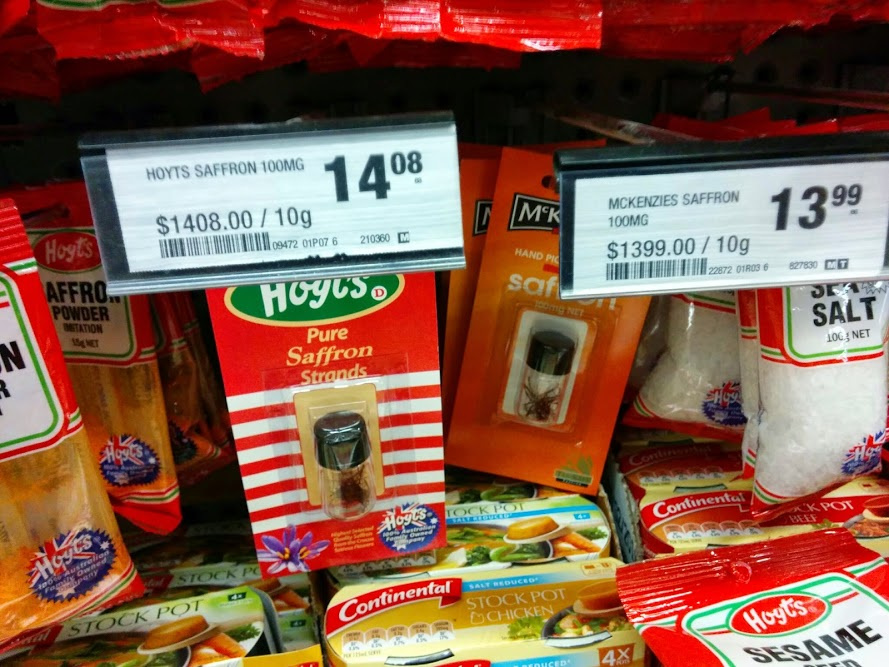Hi, a draft international standard on unit pricing is now out for consultation.It was prepared by an ISO committee on which I represent Consumers International (CI).
The draft generally reflects almost all of CI’s positions on key issues especially in relation to: Provision, Presentation, Units of Measure, and Consumer Education. It also reflects CI’s objective of ensuring the maximum possible consistency of compliance with these positions within and between: retailers; selling methods; and advertising forms.
However, it does not sufficiently emphasise the importance of, or provide guidance on a key CI requirement: monitoring and reviewing the quality and effectiveness of any unit pricing provided. It could also be substantially improved in several other ways.
Some of my suggestions and reasons for improvements are below and I’d welcome views on them, or any other ideas/suggestions. Unfortunately, I can not send you a copy of the draft but you can look at the Introduction and Scope here
https://www.iso.org/obp/ui/#iso:std:iso:21041:dis:ed-1:v1:en.
Thanks
Print size
Add an Annex (for information only) containing examples of minimum print size requirements/recommendations of different jurisdictions/agencies.
Comment: For a variety of reasons, the draft does not suggest any minimum print sizes. This suggestion is designed to overcome this by further emphasising the impact of print size on legibility and prominence and by ensuring that users are aware of specific requirements/recommendations in various countries. These include a minimum print size for the unit price and that the unit price print be the same size as, or a % of, the selling price’s.
Provision
State more clearly that for packaged products the unit price should be provided whenever the selling price is provided, for example generally if there are 2 labels/signs displaying the selling price of a product the unit price should be provided on each.
Comment: This is to ensure that retailers do not put the unit price only on small price signs and not on the large ones that most consumers look at.
Encourage the provision of the unit prices as a range (maximum and minimum) if a label/sign displays a single selling price for different sizes of a prepacked product, for example $1 for either a 100g or 120g bar of chocolate.
Comment: This is to ensure that retailers provide unit prices on such labels/signs, not required in Australia but some retailers provide the range voluntarily.
Add a separate section for Exemptions to cater for situations where it may not be feasible for retailers, or beneficial for consumers, to provide unit pricing. (Currently, there is only a note which recognises that laws and other documents may provide for exemptions.)
Comment: This is desirable because unit pricing legislation, guidelines, etc. usually provide for exemptions from provision. Examples include: bundles of unlike products sold at a single price, and items being sold at a reduced price because they are close to their use by date, have been discontinued, or have damaged packaging.
Units of measure
When available, allow drained weight not net weight to be the unit of measure for the unit price.
Comment: This will greatly increase the comparability of the unit prices of packaged products such as olives in brine and the same product sold unpackaged.
Allow units of measure such as per wash load for laundry products to be the unit of measure for the unit price, but only if there is a national, regional or international standard for the unit of measure.
Comment: This is to reduce lack of comparability of unit prices due to products of different concentration and type eg powders, tablets and liquids.
Quality management
Add Quality Management as a Main Principle and a separate Section.
Comment: This is needed because it is not specifically mentioned in the document even though the quality of the unit pricing provided by retailers is often inadequate due sub-optimal quality management resulting in intermittent provision, defective display, and the use of incorrect or inconsistent units of measure.
 not impossible though …
not impossible though …